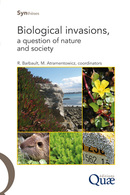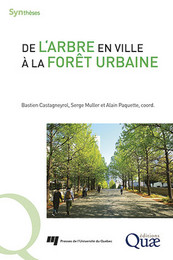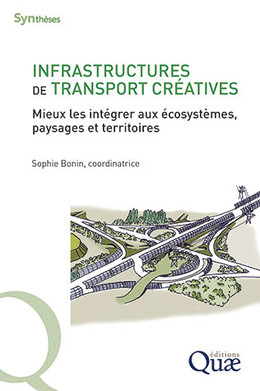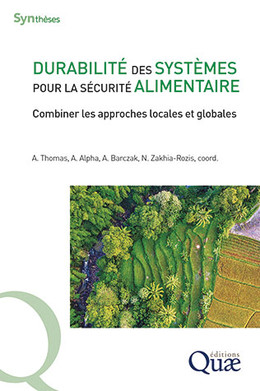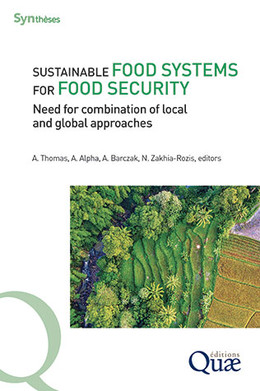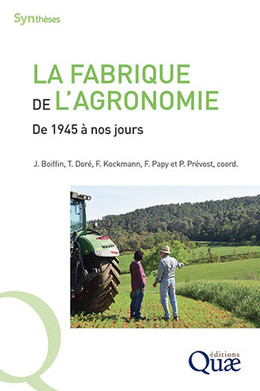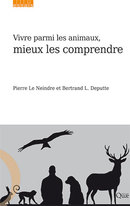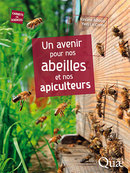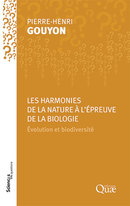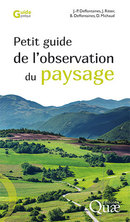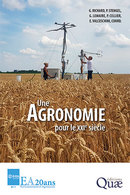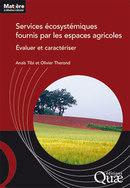Biological Invasions, a Question of Nature and Society
Épigénétique Mécanismes moléculaires, biologie du développement et réponses à l’environnement
Livre papier 35,00 €
Infrastructures de transport créatives Mieux les intégrer aux écosystèmes, paysages et territoires
Livre papier 29,00 €
Durabilité des systèmes pour la sécurité alimentaire Combiner les approches locales et globales
Livre papier 25,00 €
Sustainable food systems for food security Need for combination of local and global approaches
Livre papier 35,00 €
Les harmonies de la Nature à l'épreuve de la biologie Évolution et biodiversité
Livre papier 12,50 €
La concertation est-elle rentable ? Environnement, conflits et participation du public
Livre papier 35,00 €
Services écosystémiques fournis par les espaces agricoles Évaluer et caractériser
Livre papier 34,00 €
Caractéristiques
Langue(s) : Anglais
Editeur : Éditions Quae
Edition : 1ère édition
Collection : Synthèses
Publication : 14 octobre 2010
Référence eBook [ePub] : 02217EPB
Référence eBook [PDF] : 02217NUM
Référence Livre papier : 02217
EAN13 eBook [ePub] : 9782759215928
EAN13 eBook [PDF] : 9782759208722
EAN13 Livre papier : 9782759230365
Intérieur : Couleur
Format (en mm) Livre papier : 160 x 240
Nombre de pages eBook [PDF] : 182
Nombre de pages Livre papier : 182
Poids (en grammes) : 330
Taille(s) : 9,72 Mo (ePub), 30,4 Mo (PDF)





